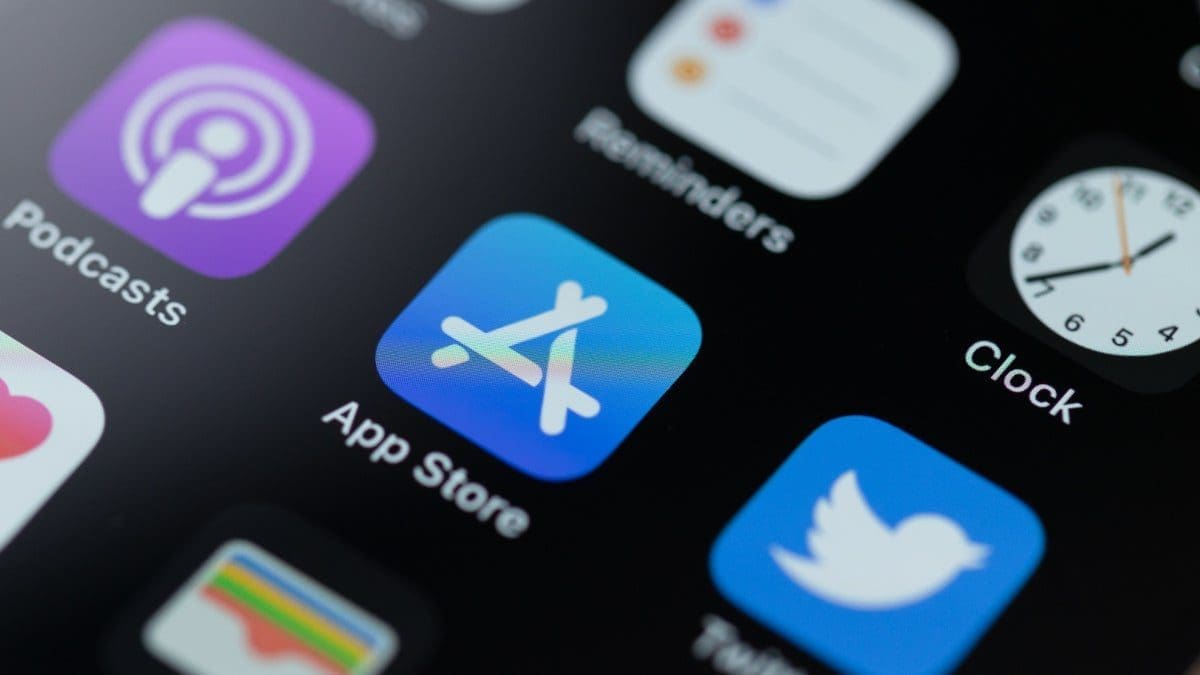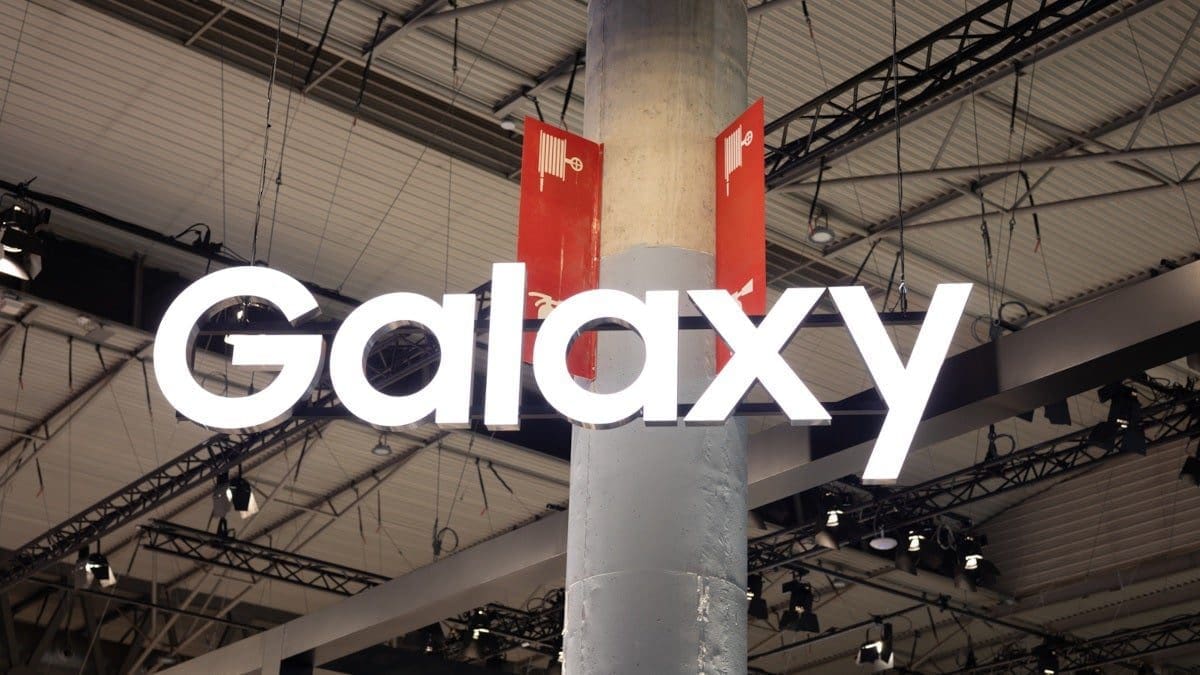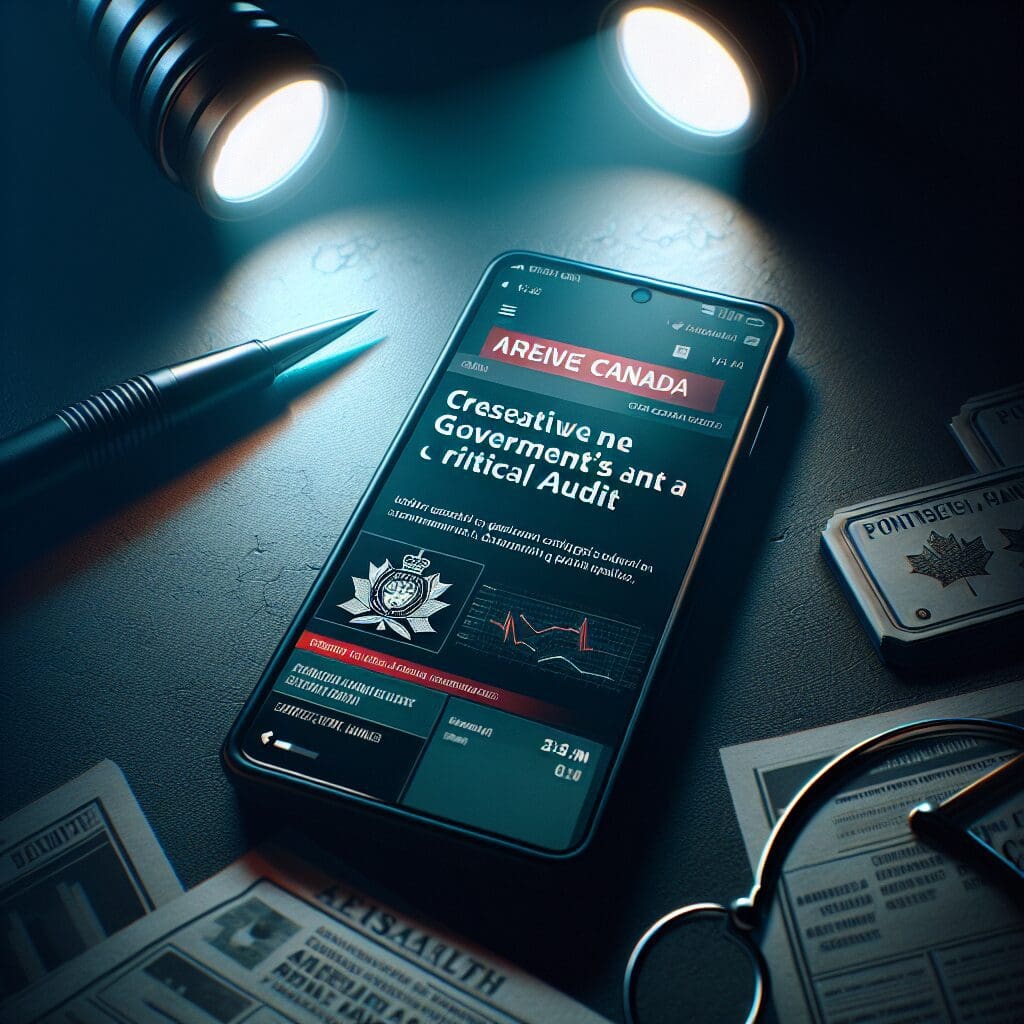When Samsung introduced the new Galaxy S24 Ultra, all the talk was about the new Galaxy AI features. And understandably so: AI is the new hype train and Samsung is the first one to adopt it at such depth.
However, there is one seemingly small hardware change Samsung made that has surprised and amazed us. And this is a change so impressive that we think it will become no less than a requirement for future flagships. Curious what it is? Well, the S24 Ultra comes with a revolutionary new screen.
And yes, “revolutionary” here is not just a metaphor, it is well justified.
The S24 Ultra is the first phone to use the new Gorilla Glass Armor toughened glass. Typically, Gorilla Glass products are responsible for improved drop and scratch resistance of your smartphone screen, but this latest generation is all about reducing screen reflections. The result is astounding: a phone with so few reflections that, upon first sight, it looked almost like a matte screen.
While companies have all been racing to make the brightest screen, truth is that screen brightness alone cannot solve all the issues with outdoor usability. Screen brightness and nearly zero reflectivity? That combination can.
Galaxy S24 Ultra vs Galaxy S23 Ultra

The S24 Ultra screen (on the left) looks almost incredibly reflection-free versus the S23 Ultra (on the right).
It’s hard to capture the full dynamic range of a fully blasting smartphone screen on a sunny day on camera, but hopefully these pictures can at least give you a rough idea of how big of a difference this new technology makes.
Compared to the Galaxy S23 Ultra, which uses Gorilla Glass Victus 2 technology, the S24 Ultra feels like a massive step up in reducing reflections. In real life, it looks almost reflection free.
Galaxy S24 Ultra vs iPhone 15 Pro Max outdoor screen comparison


Galaxy on the left, iPhone on the right. The higher brightness is one thing, but the lack of reflections is the big game-changer here.
Galaxy S24 Ultra vs Google Pixel 8 Pro outdoor screen comparison


S24 Ultra on the left, Pixel 8 Pro on the right. The difference is noticeable.
The Pixel 8 Pro gets very bright, but it catches more reflections and is nowhere nearly as easy to use outdoors on a sunny day.
Galaxy S24 Ultra vs OnePlus 12 outdoor screen comparison


OnePlus 12 (on the right) claims an incredible 4,500 nits of peak brightness, but in a real-world outdoor situation the Galaxy S24 Ultra screen (on the left) is much easier to read.
Finally, the OnePlus 12 was supposed to be the biggest challenge for the S24 Ultra. OnePlus claims it reaches 4,500 nits of peak brightness, making it the brightest in the world.
We haven’t seen this number verified by independent sources yet, but below, you can find our own screen testing. Keep in mind that we use a different measurement using an all-white screen, which is why the results are considerably lower than the quoted official peak numbers.
Galaxy S24 Ultra Display Measurements:
In our testing, we found that the Galaxy S24 Ultra delivers a nice upgrade over the previous generation.
The S24 Ultra hits 1,280 nits, up from the 1,086 nits the Galaxy S23 Ultra can muster. It also beats the iPhone 15 Pro Max by a good margin. Interestingly, the OnePlus 12 which can allegedly hit 4,500 nits under very specific conditions (1% white, 99% black picture), seems to also lose out to the S24 Ultra under our test conditions (100% white picture).
In real-world testing though, the reflection-free screen of the new Galaxy S24 Ultra is so much easier to use outdoors!
Are you as impressed as we are by all this?
Samsung might not have advertised this new feature as much as all the Galaxy AI innovations, but we think it should have, it made that big of an impression on us.









